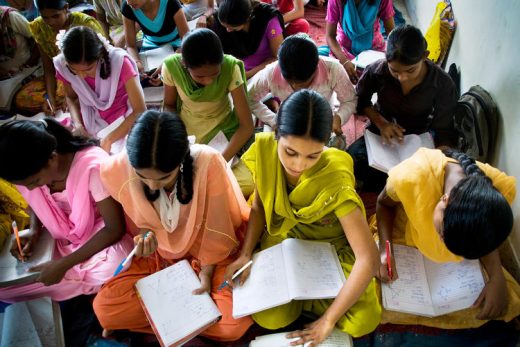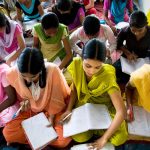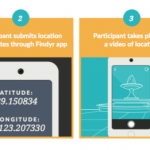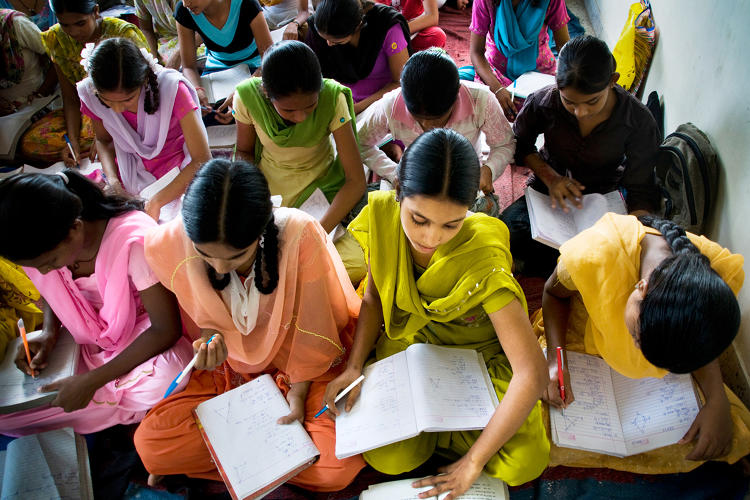The Nonprofit Using Scavenger Hunts To Research Girls’ Education
In the villages of Ajmer, a district in western India, a woman’s toe ring is the equivalent of a wedding band, which makes “toe ring” one of the most difficult-to-find items in the scavenger hunt that researchers have developed as part of the Girls’ Education Program that operates here.
“It’s not something you take off,” says Ryan Hebert, manager for research, monitoring, and evaluation at Room to Read, the nonprofit managing the program. For a girl to able to produce a borrowed toe ring, he says, “demonstrates incredible negotiation skills” and suggests that “she must have already shown herself to be extremely trustworthy over time.”
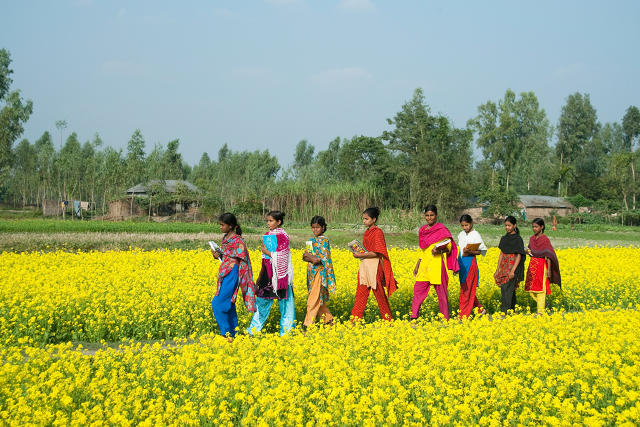
Hebert, along with Room to Read’s staff in India and a team of Williams College economics experts, introduced the scavenger hunt as a model for evaluating life skills earlier this year. Asking girls to produce 10 household items from a list of 30 possibilities—including a handful of basmati rice, a peacock feather, and an alarm clock—serves as a way to measure self-confidence, persistence, and other indicators of future success in life and work. Unlike a survey or an interview, in which responses are self-reported, a scavenger hunt requires the demonstration of those skills.
Over time, life skills are essential for girls who need to persevere in order to continue their education. Room to Read’s program in particular is designed to “help girls find their voice, help them become agents of change, and help them exercise their options,” says Julie Maurin Elis, the nonprofit’s interim director for girls’ education.
Room to Read got its start as with a focus on improving literacy. The San Francisco-based organization has published over 1,300 children’s books in 19 languages and trained over 9,000 teachers and librarians. Last year, it reached 1.3 million students through its partner schools. Data plays a central role in all operations. Over time, the nonprofit has made a name for itself by using data to refine its programs and hold itself accountable for results.

Girls’ education became a priority in 2000, with programs now up and running in nine countries, including Zambia and Cambodia. The studies currently underway will focus on life skills and mentoring, and involve 2,500 girls, ages 11-13, at 60 schools. Research teams collected baseline data earlier this year. In 2018, they will run the same three-day scavenger hunt and compare the results.
“We wanted items that would be familiar, that would neither too easy nor too hard for her to get,” says Jessica Leight, an economics professor at Williams. Her team spent time with the families in each village, explaining the scavenger hunt model and providing reassurance in the face of community concerns. “In one community there was a rumor started that it was for black magic,” she says. “In other places people weren’t happy with girls doing something new and unfamiliar.”
Leight’s team is also measuring academic outcomes, including school attendance and time spent studying.
For Randeep Kaur, the program director for Room to Read’s girls’ education in India, the research serves as an opportunity to quantify the changes that she sees day to day. She recalls a father who works as a stone cutter and suffers from failing vision. “He was so concerned about his daughter that he would walk with her and be there for every meeting, even though he was uneducated himself and even though he couldn’t see,” Kaur says.
That example has made a lasting impression on the man’s daughter. According to Kaur, the little girl now says, “I want to fulfill my father’s aspiration in me.”
Room to Read runs its Girls Education Program in nine countries.
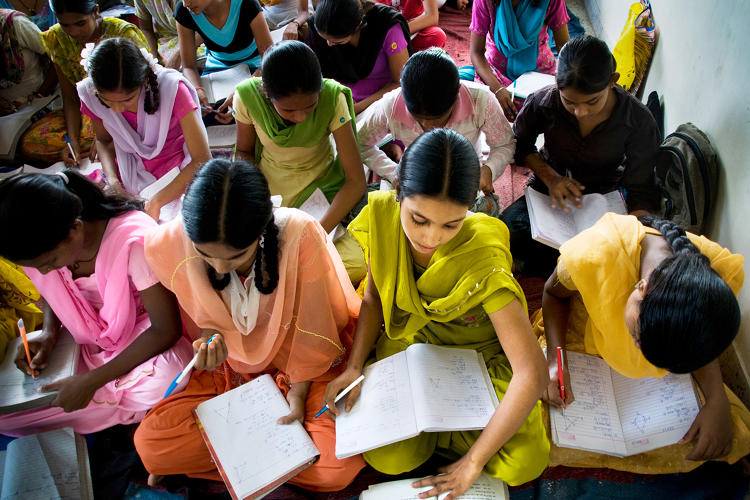
Gloria Steinem participating in Room to Read’s Zambia program.
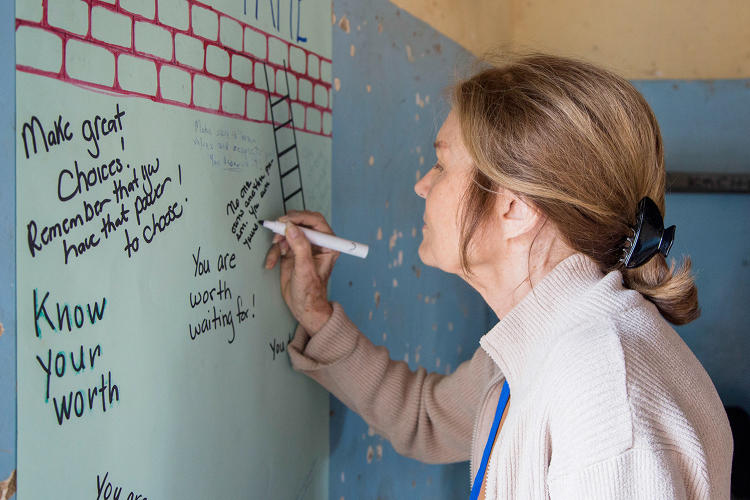
Girls at Room to Read’s program in Cambodia.

Room to Read’s current studies focus on life skills and mentoring and involve 2,500 girls.
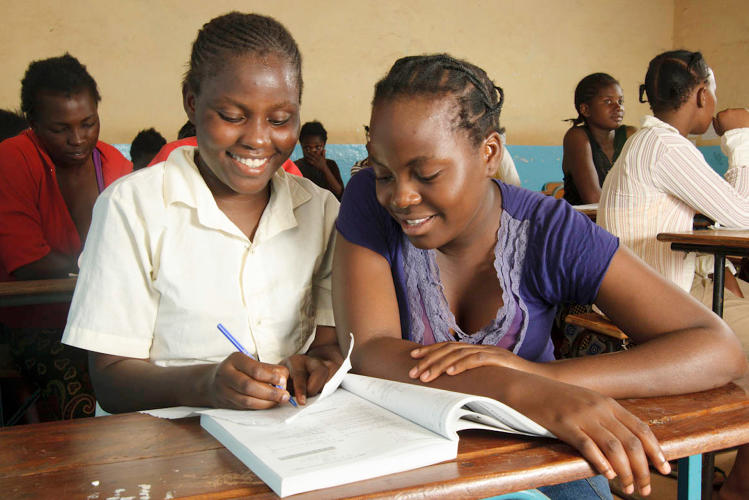
Fast Company , Read Full Story
(55)

